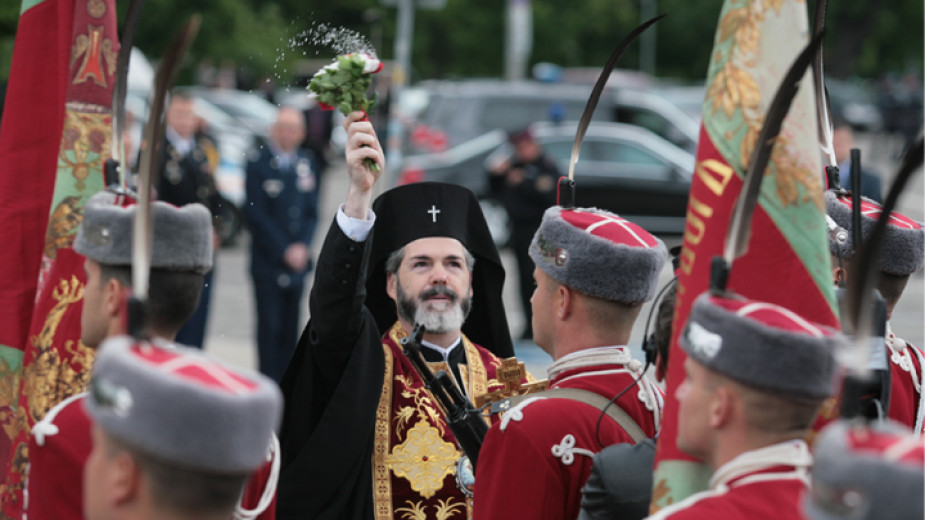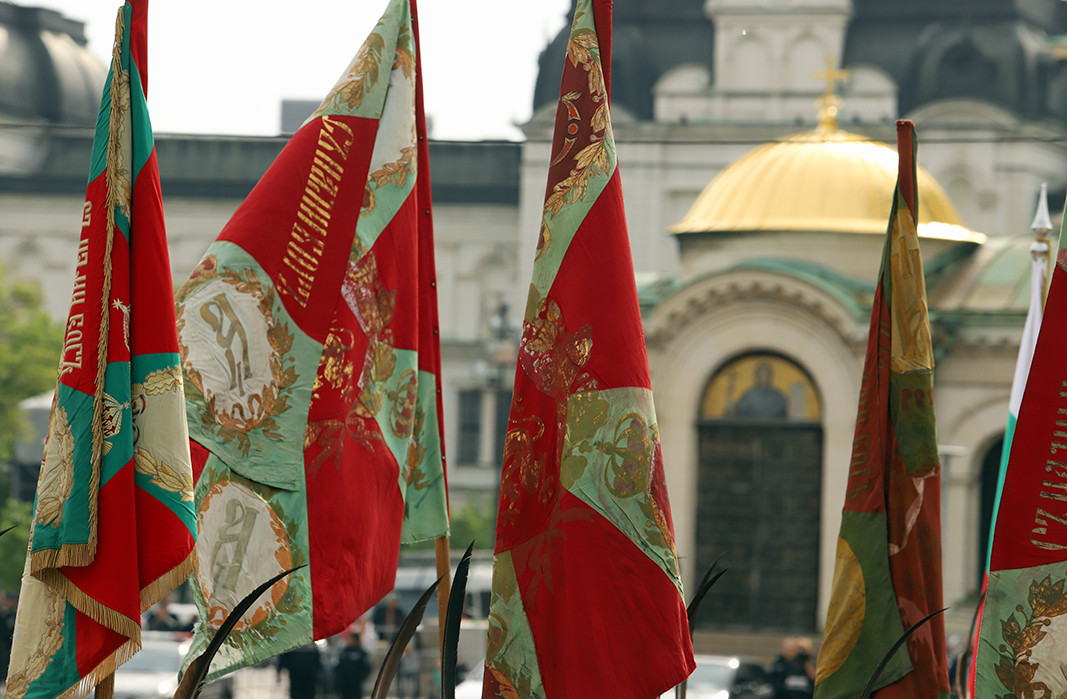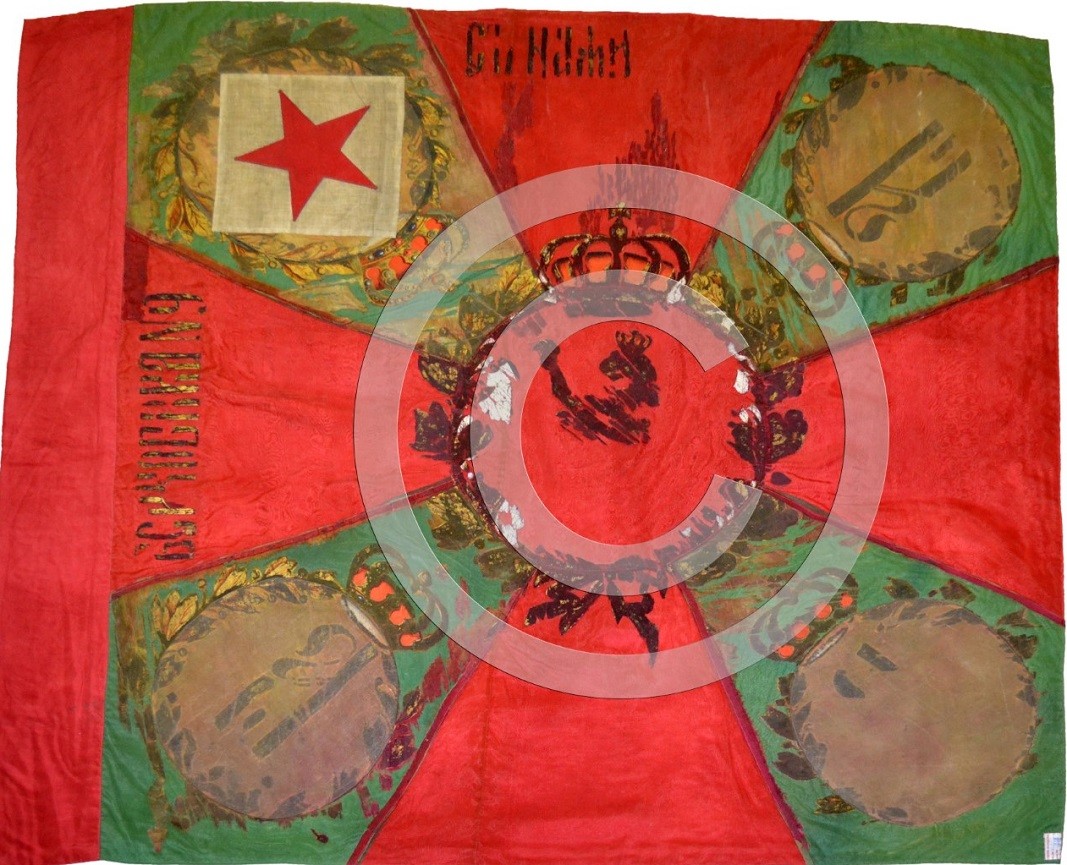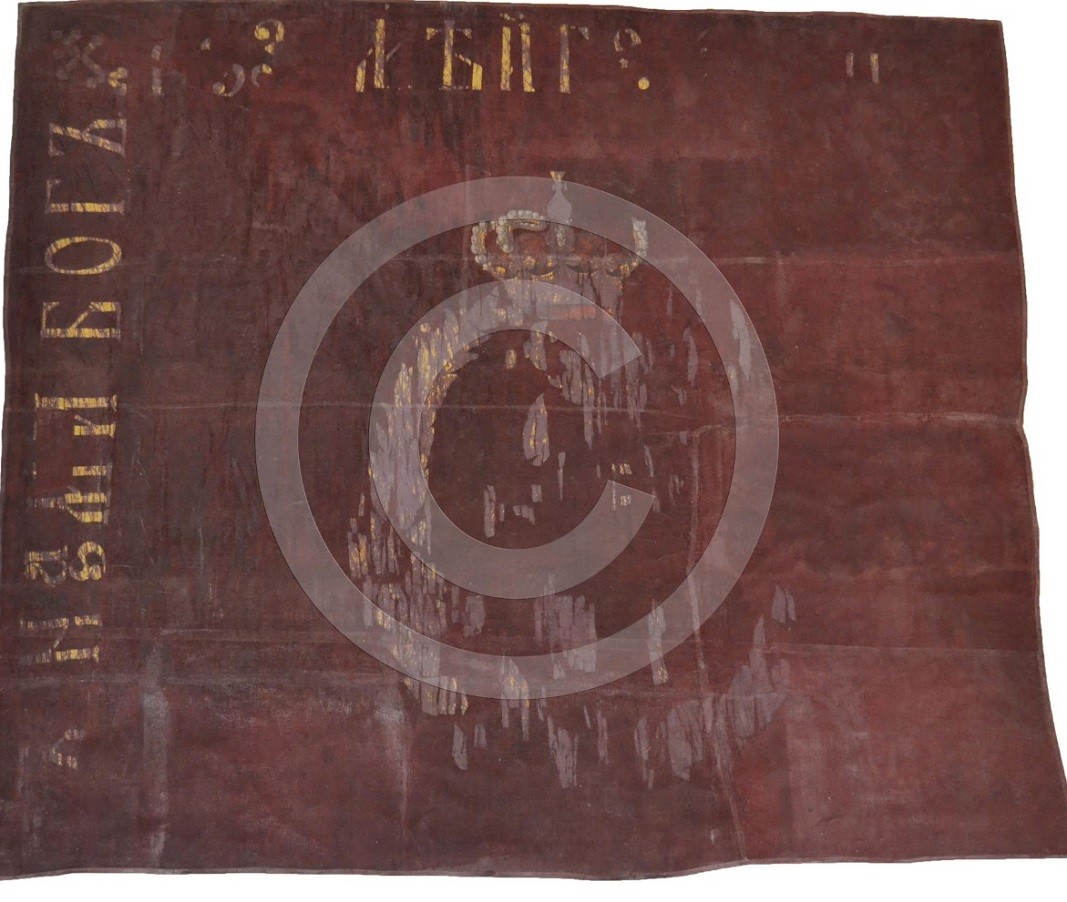 7
7
Every year, on 6 May, Bulgaria marks Bravery and Bulgarian Armed Forces Day. It is the day of the St. George’s day water blessing of the military colours and the sacred flags of the Bulgarian army. But what are the sacred flags which are taken out of the National Museum of Military History to remind us of the heroism of the Bulgarian soldiers in times gone by?

“Flags are one of the ultimate symbols of a nation and its army, and these flags in particular – the flags that witnessed the nation’s pursuit of justice and then of dashed hopes – they are called the sacred flags of the Bulgarian army. They are the flags that were in real battles. The sacred flags are the flags salvaged at the end of World War I when our regiments remained captive, but the Bulgarian soldiers and officers used all their ingenuity and bravery to bring all flags back to the country and not leave them in enemy hands,” explains Deyana Kostova, Deputy Director of the National Museum of Military History.
All of the sacred flags are kept under special conditions so they can be preserved for the coming generations. They are rarely taken out of the National Museum of Military History, and only on special occasions. According to church canon, battle flags are only consecrated once: during the ritual when they are handed over to the respective military unit.
“A flag consecration ritual of this kind took place on 6 May, 1937, when Tsar Boris III handed over the regimental flags as a symbol of the resurgent power of the Bulgarian army rising above the restrictions of the Neuilly Peace Treaty,” says Deyana Kostova. “During this ceremony each flag was nailed to the flagpole by the Tsar himself with a nail made of gold, using a hammer, also made of gold. This ritual was followed by what is probably the biggest St. George’s Day parade in the history of Bulgaria prior to 1944, and for the first time the sky over Sofia was lit up by a fireworks display.”

The water blessing that takes place on 6 May and on Epiphany is a ceremony of annual purification and blessing, by holy water, of the battle flags – the dumb witnesses of so much bloodshed and violence.
This year there will be 8 sacred flags taking part. Three of them were salvaged during World War I, and their history is particularly intriguing:


Fifteen sacred flags are on display as part of a big exhibition at the National Museum of Military History called “The Bulgarian army: The beginning”, dedicated to the 145th anniversary of its establishment.

Translated from the Bulgarian and posted by Milena Daynova
Photos: BGNES, National Museum of Military History
The Regional History Museum in Gabrovo displays a modest, rectangular piece of paper measuring 10 by 15 cm : the first Bulgarian banknote — a twenty-leva bill with the serial number 000001. It was printed on August 1, 1885, in St. Petersburg, and this..
Founding a Bulgarian Orthodox parish thousands of kilometers away from the homeland is no easy task, especially when the Bulgarian diaspora is scattered across vast distances. In Bulgaria we take for granted that every neighborhood in a large city has..
The Urvich Fortress continues to reveal its secrets from the time when Sofia was Roman Serdica. A triangular stone tower dating back to the end of the 2nd century was discovered by young archaeologists Dr. Filip Petrunov and..

+359 2 9336 661
